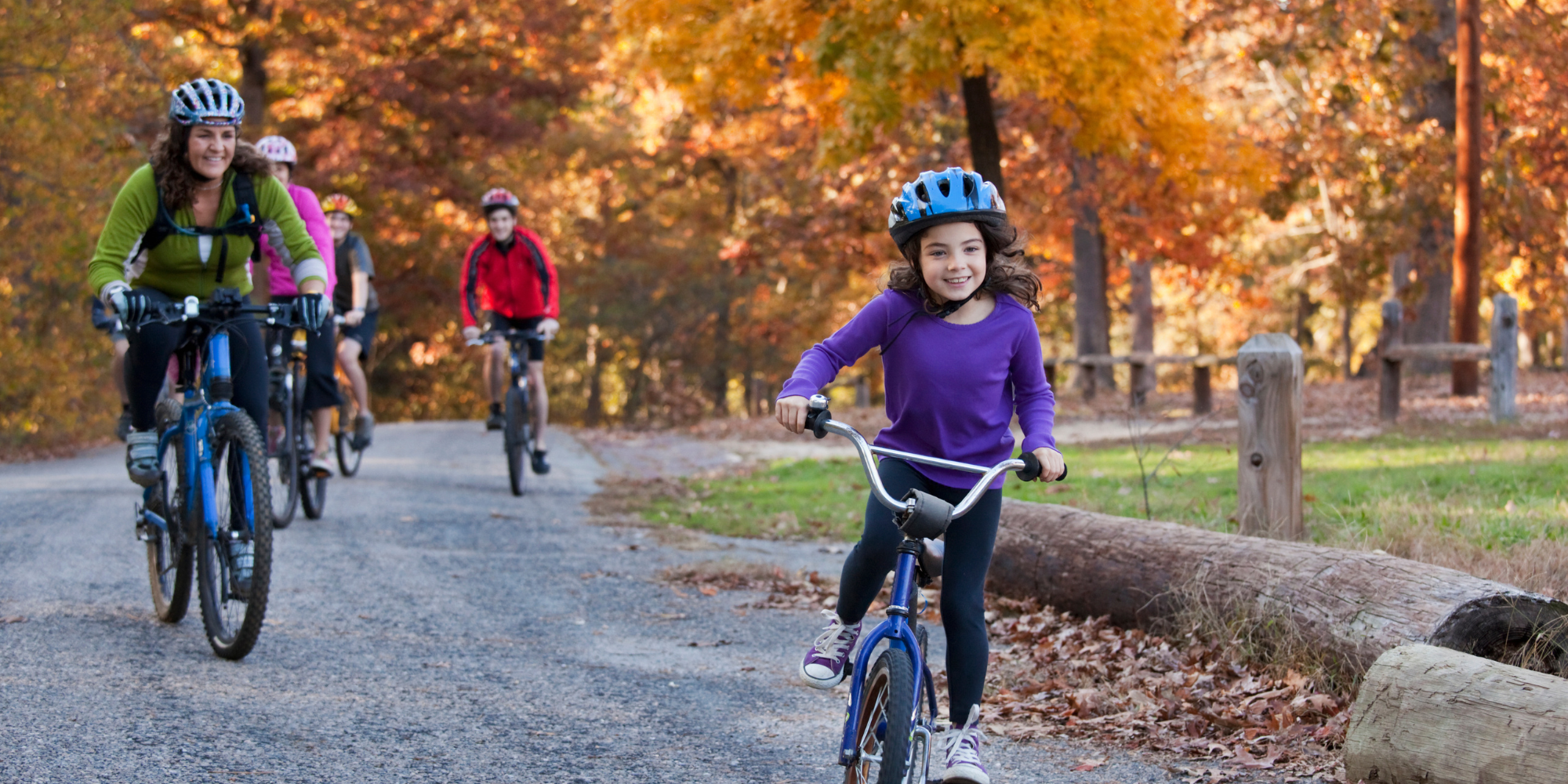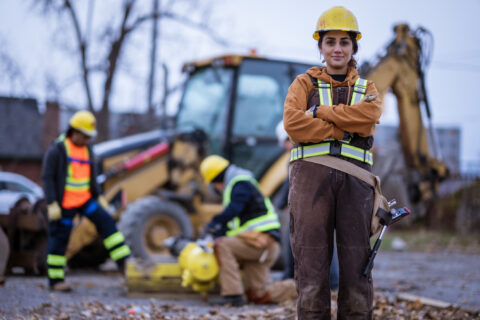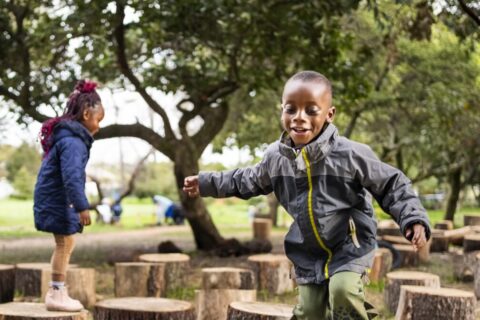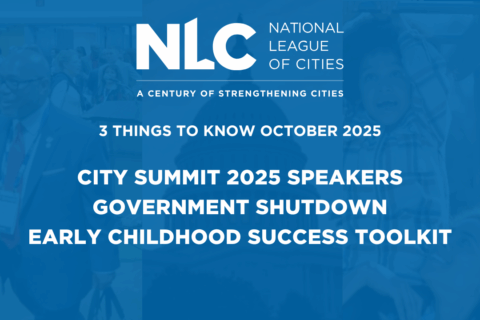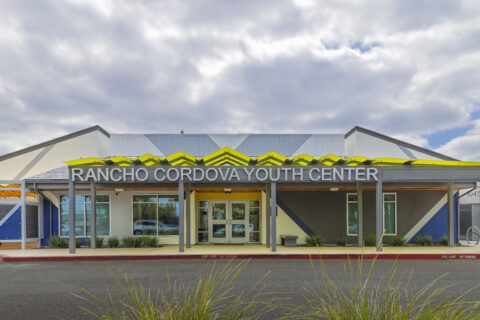City leaders are poised to leverage investments made through the Bipartisan Infrastructure Law (BIL) for a number of improvements from roads to rail. These new and expanded programs can support the improvement of transportation networks, as well as create opportunities for investments in safety and sustainability measures that can improve equitable access to nature for children. Such access, in turn, pays dividends ranging from improved academic performance to reduced obesity and disease. Investment in complete streets and sustainable infrastructure provide benefits to municipalities for years to come through improved outcomes in health, safety, education and the economy.
These federally funded programs can support the expansion of transportation networks and safety measures as well as provide equitable access for children to connect with nature. One of the largest pools of funding for connecting residents to nature is the Surface Transportation Block Grant (STBG) program which gives out $72 billion to states and metropolitan planning organizations (MPO) within formula block grants. STBG includes set-aside funds for programs including Transportation Alternatives, the Recreational Trails Program, PROTECT Grants and the Carbon Reduction Program.
Local leaders will want to monitor deadlines and application processes for federal funds that go out under states and MPOs as they oversee establishing the application process for these programs. This process could look different in every state so municipal leaders will want to contact their state DOT offices or infrastructure coordinates for more information. Local leaders have the best chance of winning a share of these infrastructure funds by having potential projects ready to propose.
Transportation Alternatives Program
The Transportation Alternatives (TA) program will receive around $1.4 billion a year through BIL. TA projects can fund small scale transportation initiatives such as pedestrian and bicycle facilities, recreational trails and safe routes to schools. Funds can be used for community improvements such as historic preservation, vegetation management and environmental mitigation. Local governments that wish to use TA funds should contact their state coordinator.
Recreational Trails Program
The Recreation Trails Program (RTP) was refunded under BIL through 2026 as an up $84.1 million set-aside under Transportation Alternatives. Outdoor activity trails such as hiking, bicycling, in-line skating, equestrian use, cross-country skiing, snowmobiling and many more can be funded under RTP. RTP is funded at the state level, so local governments interested in the program should contact their state RTP administrator.
PROTECT Grants
The Promoting Resilient Operations for Transformative, Efficient, and Cost-saving Transportation (PROTECT) program delivers $8.7 billion over the next four years to make transportation systems more resilient in local communities. While $7.3 billion will go directly to state departments of transportation, the remaining $1.4 billion will be issued as competitive grants for municipalities. Municipalities with natural vulnerabilities, such as flooding, sea level rise, and wildfires, begin planning about how to utilize PROTECT grants to improve these vulnerabilities and turn them into natural assets for residents to enjoy year-round.
Carbon Reduction Program
The Carbon Reduction Program (CRP) includes $6.4 billion in formula funding to state and metropolitan areas over the next five years. CRP project eligibility includes a range of transportation emission reduction strategies including, funding public transportation projects, developing transportation alternative infrastructure (like bike lanes and trails), traffic mitigation and control projects and supporting alternative fuel vehicles.
Rebuilding America Infrastructure with Sustainability and Equity
The Rebuilding America Infrastructure with Sustainability and Equity (RAISE) is the replacement for the familiar BUILD and TIGER grant programs. BIL provides the RAISE program with $7.5 billion over a four-year period and can fund a wide range of transportation and mobility projects. Since 2021, RAISE has already funded 90 projects, including a “From Track to Trails: Reconnecting Atlanta Community” project that will construct a 2-mile concrete trail across disadvantaged communities previously separated by railroads.
In alignment with the Justice40 initiative and the Administration’s Executive Order to ensure discretionary programs consider the impacts to historically underserved or overburdened communities, tools have been created to help applicants determine if their project serves communities described within these guidelines. Several programs consider “disadvantaged community” status when evaluating projects and grant them lower match amounts and/or priority preference. How each program treats community status is available in the program Notice of Funding Opportunity/Availability.
Local leaders interested in these programs can begin by getting their city, town or village’s Unique Entity Identifier (UEI) which is used within grants.gov to apply for grants. If your city, town or village is already registered with SAM.gov, a UEI number has already been assigned and is viewable on the site. If your municipality does not have a UEI number yet, U.S. agencies are encouraging entities to apply for an UEI number immediately in order to be able to apply for grants. As municipal leaders across the county begin to apply for these funds, they should keep in mind that the federal match amount for each of the above programs varies. While there are some population considerations that could lower the match amount for cities, with some programs offering a 100% match, exact match amounts are available via the program NOFO and should be checked as part of the application process.
Local governments will want to have bold projects in mind that align with local, state, and federal goals. Elected officials should begin by researching the program opportunity and then reaching out to relevant state and local partners who may be needed in an application. BIL contains a range of programs to help municipalities expand or maintain trail networks that serve the needs and goals for a specific community. For a complete list of federal transportation programs that invest in pedestrian and bicycle facilities and trails view the webinar slides on the Transportation Alternative website.
